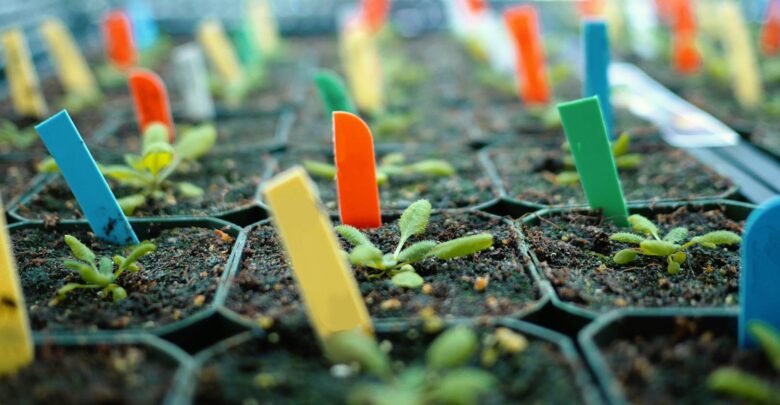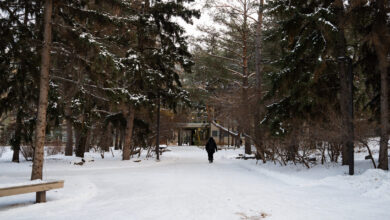 R. Glen Uhrig
R. Glen UhrigUniversity of Alberta researchers conducted a study to observe the effects of twilight on plant growth to better understand how to improve growth in a horticultural setting. They found that altering exposure time to twilight increased plant growth and flowering.
Richard Glen Uhrig, an associate professor in the department of biological sciences at the U of A and his team partnered with G2V Optics to simulate twilight at various intervals.
Simulating 30 minutes of twilight has a positive effect on the growth of plants
G2V Optics, an Edmonton-based company, engineered the precision light emitting diode (LED) technologies which the team used to simulate twilight conditions in a controlled chamber.
“We wanted to apply twilight and more advanced lighting technologies that simulate closer replication to the sun to understand better how plants grow and develop,” Uhrig said.
Simulating dusk and dawn allows for a better understanding of how plants grow and develop under different light conditions. Uhrig and his team gradually simulated dusk and dawn, intending to create a more natural environment.
They found that plant growth increased the most when exposed to 30 minutes of twilight compared to longer or shorter durations. According to Uhrig, this is due to light detection signals and photosynthesis.
“There’s a difference between the detection and when they start to photosynthesize. Somewhere in this amount of light over time, they are integrating this information. That’s ultimately leading to better growth outcomes,” Uhrig said.
Many crops grow differently depending on the environment. According to Uhrig, the effects of climate change will see many region’s environments begin to adjust. He also spoke on the possibility to breed crops to adapt to different conditions and be more responsive to twilight.
“You can breed them to be more adapted to different latitudes, growth scenarios or to different conditions in a more controlled environment”
In the study, Uhrig and his team used Arabidopsis Thaliana, a variant of canola. This variant is frequently used in research, making it well-studied and easy for hypothesis testing.
Researchers tested kale and pine, found beneficial growth outcomes
In addition to Arabidopsis Thaliana, they included tests with both kale and pine. Uhrig explained that they wanted to include trees and edible plants.
“We can see that the results with our model plan translated well to systems adjacent in the food space.” said Uhrig. While pine and Arabidopsis Thaliana are quite different, beneficial growth outcomes were seen in both throughout the study.
Working with Uhrig were Devang Mehta, a professor at KU Leuven, and Sabine Scandola, a researcher at Agri-Food Canada. Uhrig emphasized their importance and contribution to the study.
“They all played an important role in this, and it’s been a very interesting project,” he said.
In the future, Uhrig hopes to work on growing food in remote areas of Canada using LED technology. He explained that it has a potential for application in horticulture and vertical farming.
“Plants are mindful about their time. They’re very precise about when they’re doing things and how they time their day because it’s essential to their survival.”




